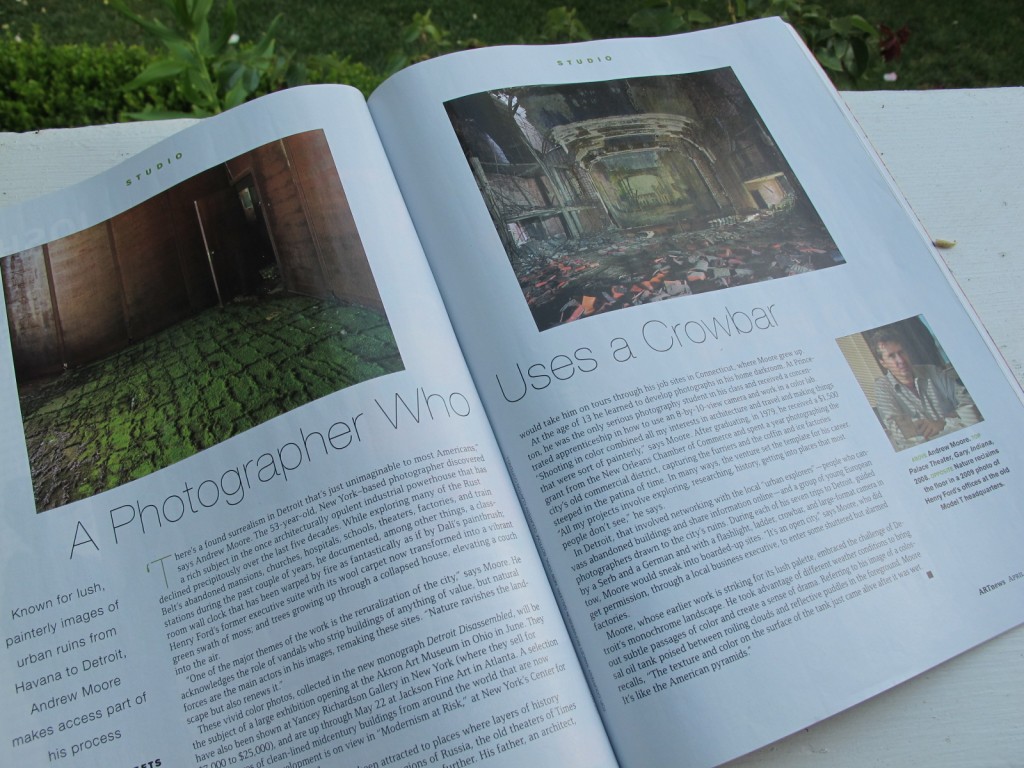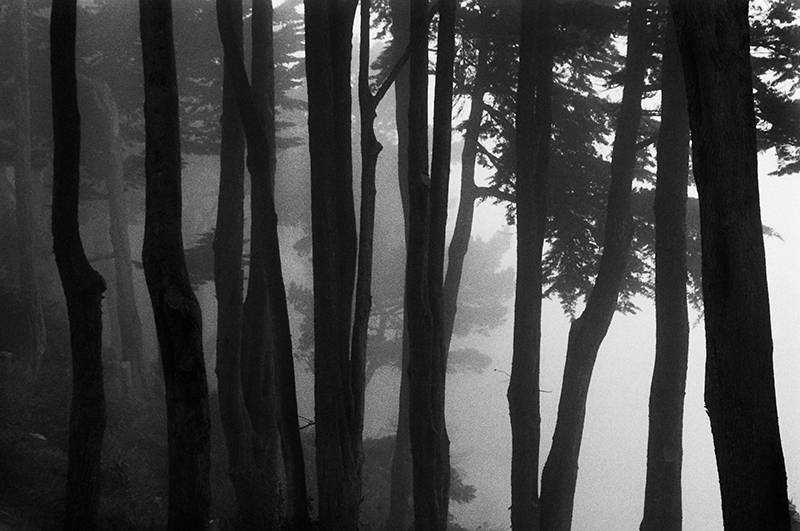Keeping Images
Last week the Times had an interesting article about 65 glass plate negatives purchased for $45 at a garage sale in Fresno. Suspecting that they might be far more valuable than $45, the purchaser then assembled a team of experts to prove that the negatives were recovered from the 1937 fire in Ansel Adams’ darkroom. Value, $200 million. Well it turns out the experts in this case may not have been that expert, the $200 million is a givaway of course. It is still being disputed so we will have to wait on that, but it may remind any of us from the film era of our own stories of lost negatives. We all have them, don’t we, lost negative stories. I have.
In the digital era the problem is slightly different but images can get lost and when that happens its feels like more of a loss than it is because the potential image is an incalculable thing. I don’t need to tell you to make backups and put the hard disk in a separate safe place but there are other ways to lose things in the digital world by simply misfiling them. I try to file everything when I download it but still manage to lose a few files along the way, although, so far I have not lost anything in the digital realm as thouroughly as I lost those lost negatives that I still think about to this day.


